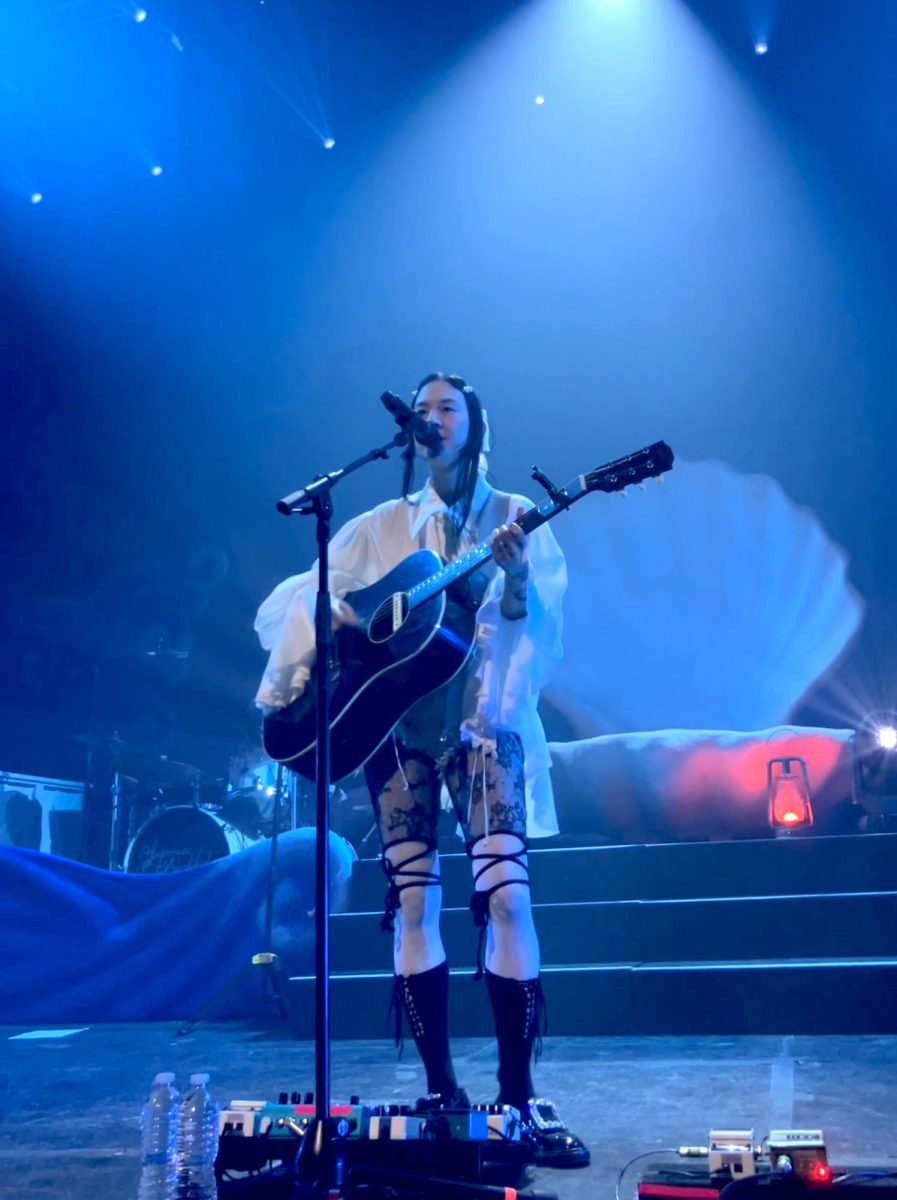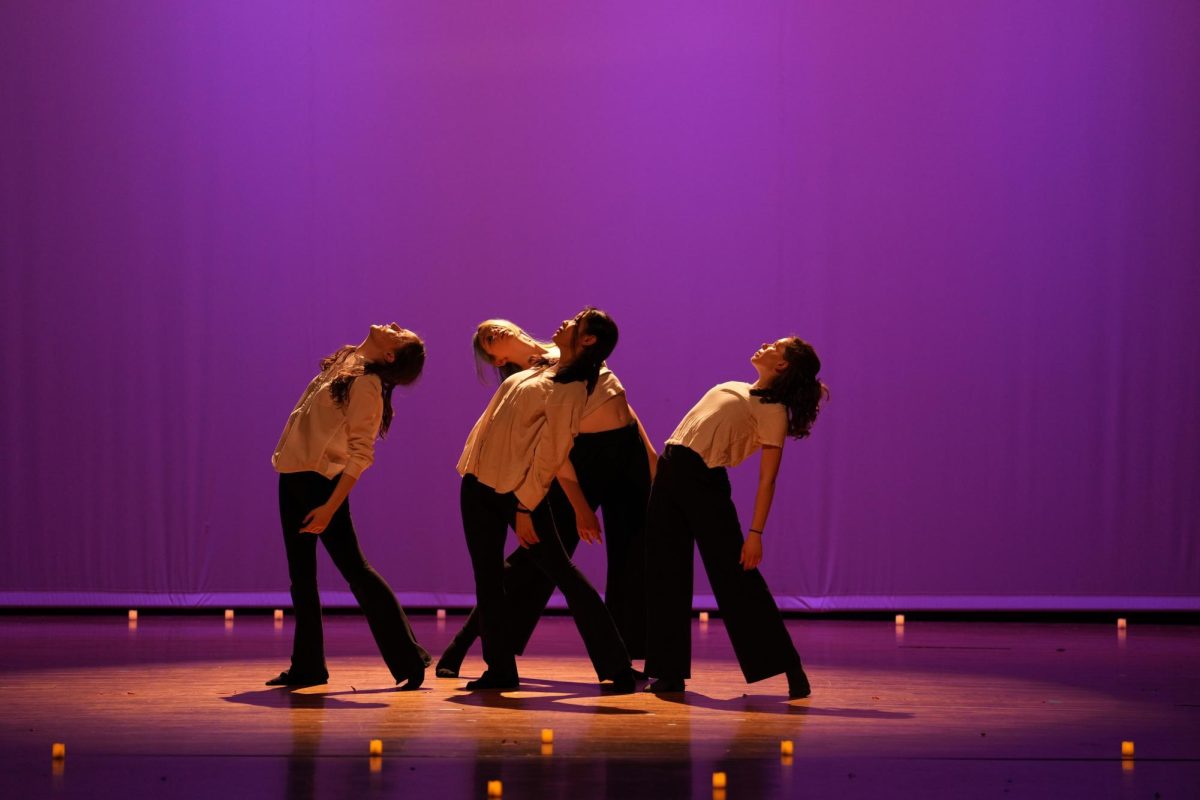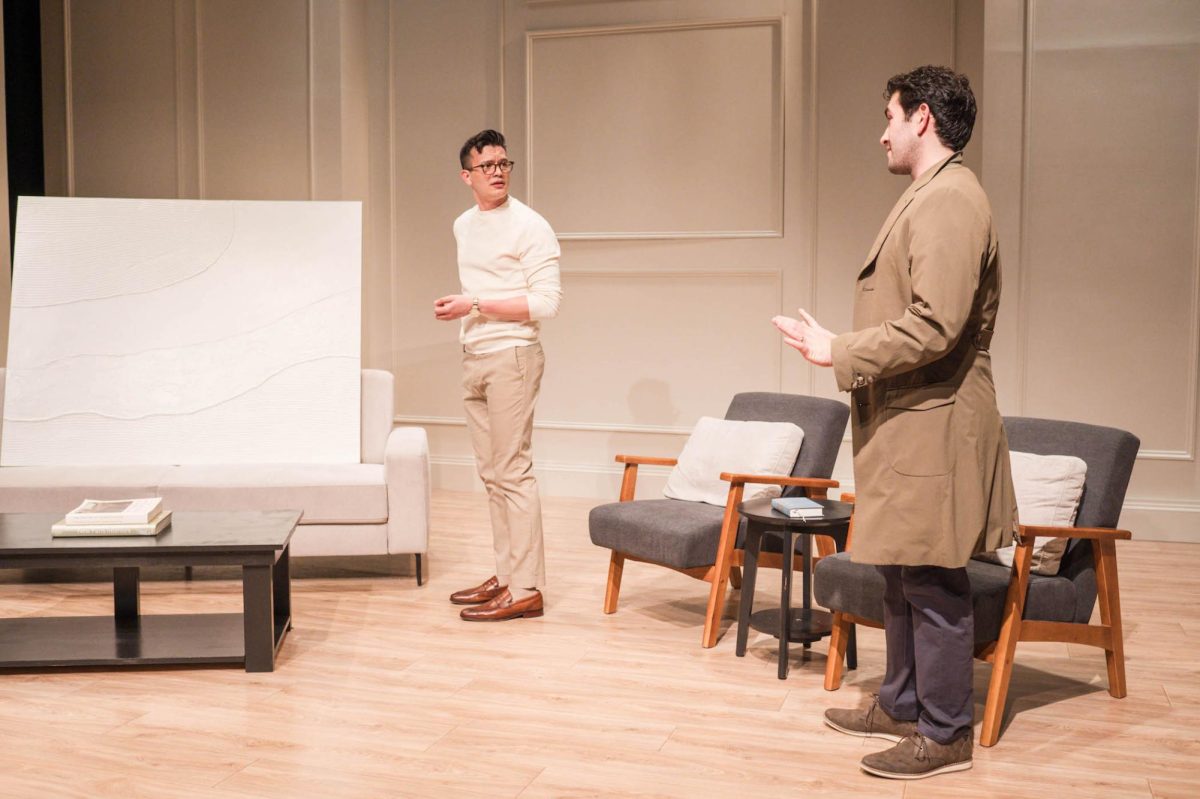It gets dark before five. If you haven’t already broken out your winter coat, it’s becoming increasingly obvious that you’re going to have to give in soon. Worst of all, midterms are upon us. Wouldn’t it be nice to take off your shoes and go for a walk on warm sand?
Look no further than the Museum of Contemporary Art. Until January 8, 2006, the MCA is displaying Tropicália: A Revolution in Brazilian Culture. This exhibit contains work from a modernist art movement called Tropicália, which lasted from 1967 to 1972, as well as work by many contemporary artists who were influenced by the movement. In the late ’60s, Brazilian artists like Lygia Clark and Hélio Oiticica expanded the traditional boundaries of the avant-garde by including the viewer and the senses in a work of art, while trying to create a distinctly Brazilian image.
It was in one of Oiticica’s works that I found myself walking on sand. “Eden” (1967) is a construction of wooden structures hung with everyday materials of varying textures, from rough potato sacks to sheer linen. This installation invites the viewer to take off his or her shoes (yes, that’s right), and walk in the sand among the different structures in what Oiticica hoped would be a sort of dance or rhythmic motion.
“Eden” is one of two installations inspired by favelas, shantytowns in Rio de Janeiro that were constructed of everyday objects. Oiticica’s other installation is “Tropicália,” the work of art that first inspired the movement. This construction has similar wooden structures to “Eden,” but it is filled with potted tropical plants and contains two brilliant blue and yellow parrots in a cage. When I told one of the curators that this was the first time I had seen live animals in an art museum, he was surprised. Apparently, the parrots were nothing compared to the boa constrictors they had had earlier.
While Oiticica’s installation invited the viewer to move around the work, Lygia Clark’s works demanded a more focused, sensory-oriented approach. One of her works was a set of six “Sensorial Masks” (1967-2005), cloth head-coverings with different materials for the eyes. At first glance, they seemed boring to me. Then I put one on. I discovered that they had pouches hanging over the nose filled with various spices (from lavender to clove), and different sound-producing objects sewn over the ears. The blue mask made me forget how silly I must have looked. When I put it on, I smelled peppermint, and all I could hear was the muffled roar of two seashells clamped over my ears.
Clark’s works turn art into a physical interaction between the artist and the viewer, and even, in some cases, an interaction between the artist and more than one viewer, like her “Dialogue: Goggles.” Two people wear a pair of connected goggles with two mirrors in between, which you can rotate to either see yourself or the other person, or both at once. One volunteer at the exhibit called them the “matchmaker goggles.” Clark’s idea of art as interactive could be seen at its most extreme in a video showing some of her art “experiments.” In one of these experiments, a man wrapped a woman in a sheet of clear plastic and then felt her face and body through it. This was both sensual and disturbing. According to Clark, these art experiments have the potential to be therapeutic.
The more contemporary pieces of art on display were obviously influenced by the participatory nature of Clark and Oiticica’s works. One of these new pieces was “Alegra, Vailá” (2003). As I entered the museum, I saw a row of eight tantalizing wooden boxes on the wall, all of which could be opened. As I looked inside each one, a different sound came from speakers on the wall, and a tiny video screen inside the box played a montage of different images. While I was opening and closing boxes one by one, another woman came and opened them all at once. Any work of art is a different experience for every viewer, but the contrast between her response and my response showed how much of our experience we shape ourselves, in a way that wouldn’t be evident when looking at a painting.
There are many, many more works in the Tropicália exhibition, and some are probably completely unlike any work of art you’ve seen before. Take Lygia Pape’s “Roda dos Prazeres,” a series of bowls holding different colored liquids that the viewer is invited to taste (I was too scared). Modern art often seems inaccessible, but you won’t find yourself staring at a canvas painted black, wondering what you’re supposed to think, if you go to Tropicália. This is art that’s actually fun—something we U of C students could always use a little more of.








